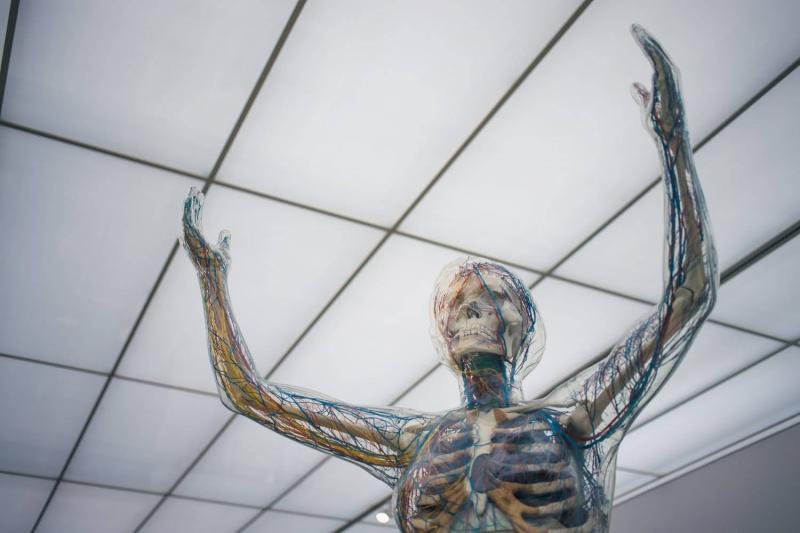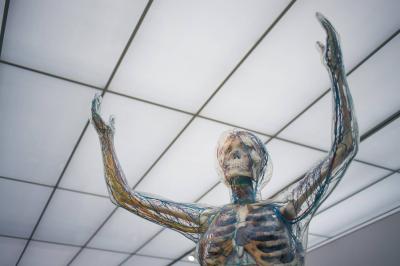Despite the significant scientific and medical advancements of our time and the ease of accessing most of the information we need online and through various media, there is still much we do not know about the miraculous details of the human body. The website "MSN" has listed a number of body parts and components that many people are unaware of, as follows:
**Tear Duct**
If you pull your upper or lower eyelid away from your eye, you will see a small hole in the inner corner called the tear duct. It is easier to detect on your lower eyelid. This hole helps drain tears.
**Palmaris Longus Muscle**
About 86% of humans have a long palmaris muscle that extends from the elbow to the palm. To test if you have this muscle, touch your pinky finger with your thumb and flex your wrist muscles. The muscle will protrude from the middle of your wrist just beneath your palm. This muscle aids in wrist flexibility in humans, and its absence or removal does not affect the health of the hand or wrist.
**Motor Proteins**
The "motor" molecule called kinesin transports organelles and neurotransmitters within the cell. Two structures at its base make their way along the microtubule. It closely resembles a human walking, except that each step is timed and moves a distance of eight nanometers.
**Ear Muscles**
Your three ear muscles are connected to your outer ear. These body parts may help in moving the ears like a cat does, but most people are unable to move their ears using these muscles. Only about 10 to 20% of people can engage those muscles to wiggle their ears.
**Goosebumps Muscles**
Have you ever wondered why you get goosebumps? You have small muscles around your hair follicles that contract when you feel fear.
**Double Fold in the Abdominal Cavity**
Scientists are still discovering new parts of the body every day. In November 2016, researchers officially added another organ to the textbooks. Scientists used to think that the double fold of the abdominal cavity in the digestive system consisted of separate structures, but they have now realized that it is one organ. This organ connects the intestines to the abdomen, although scientists are still unsure of its function.
**Lymph Layer**
The outermost clear layer of the eye contains six layers, one of which was discovered in 2013. It is less than six-tenths of a thousandth of an inch thick and is called the lymph layer.
**Tail**
Human embryos have a tail for up to about ten weeks of development. At this point, the vertebrae fuse into a single coccyx bone, which is found in adults within the body. In very rare cases, babies are born with a protrusion resembling a tail, but it can easily be removed surgically.
**Brain Vessels Connecting to the Immune System**
In 2015, researchers discovered vessels in the brain that connect directly to the immune system. This finding could lead to new developments in Alzheimer’s, multiple sclerosis, and other neurological diseases that involve the immune system.




